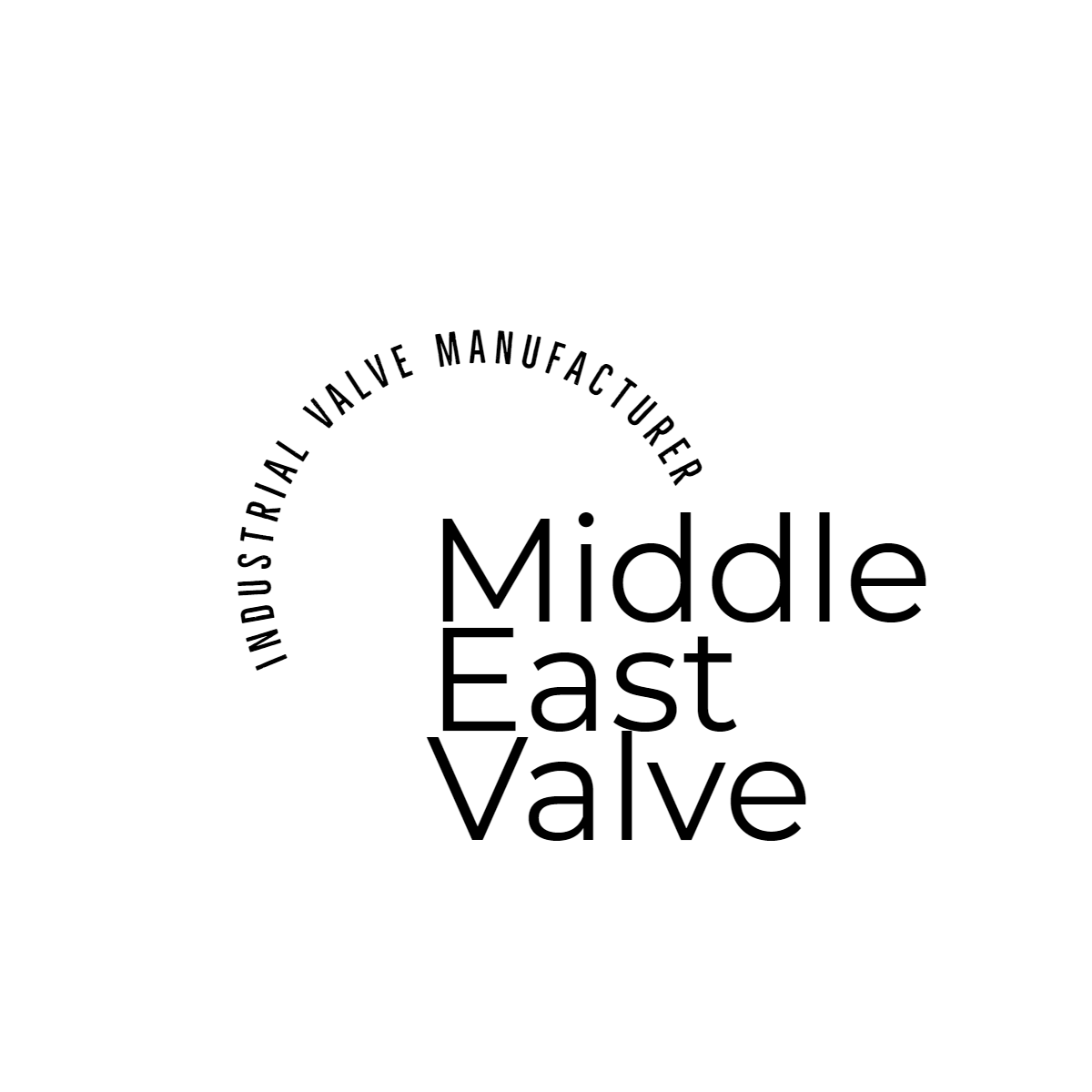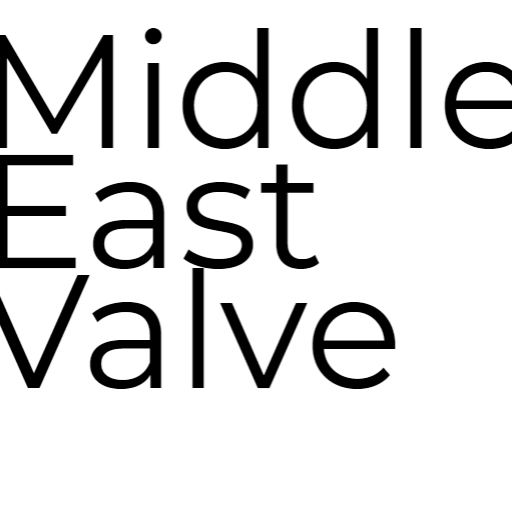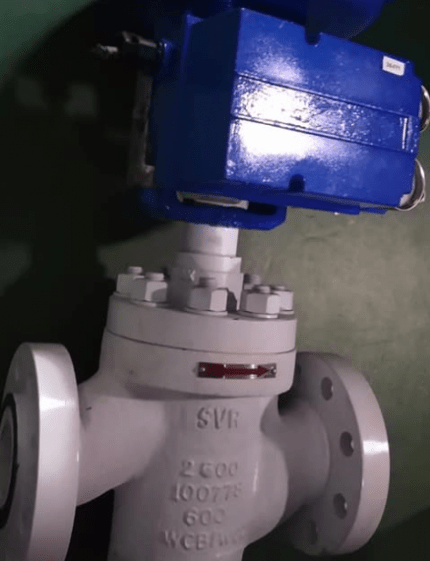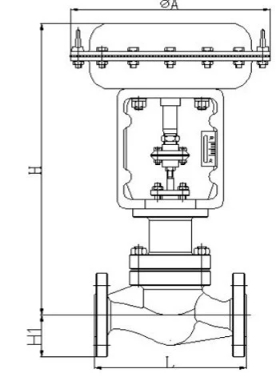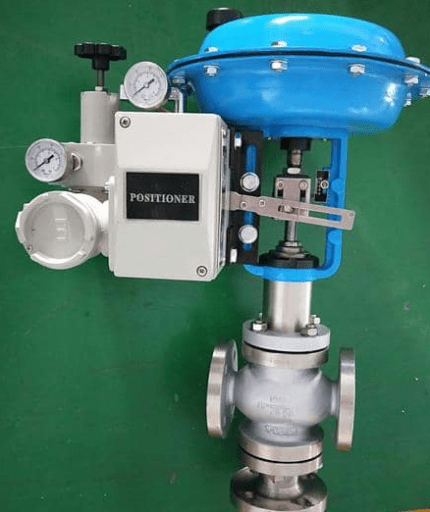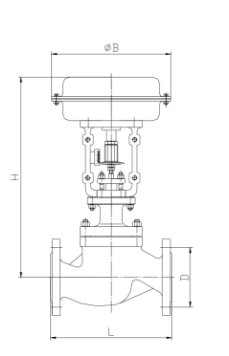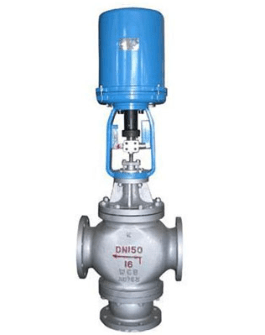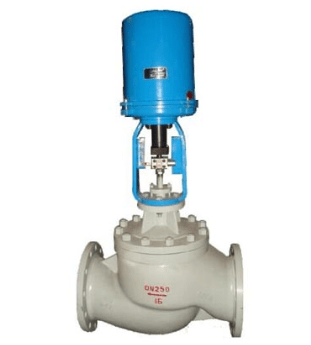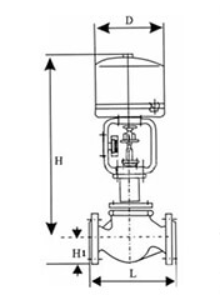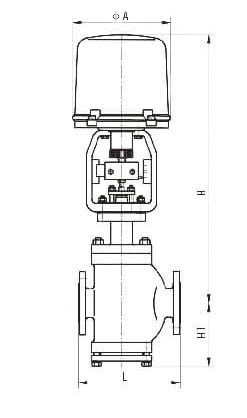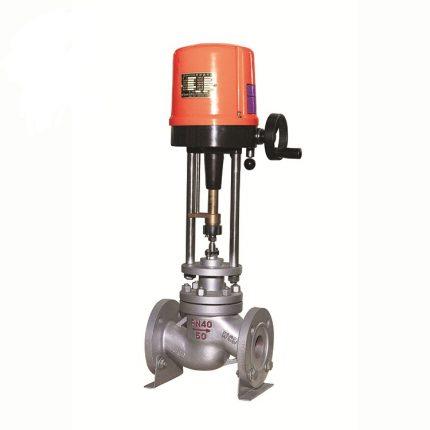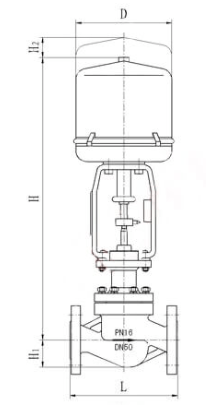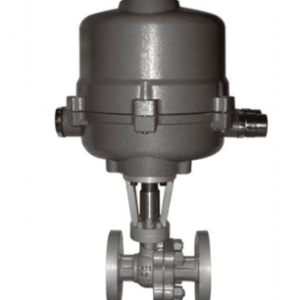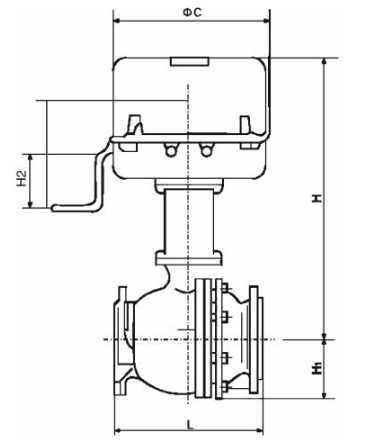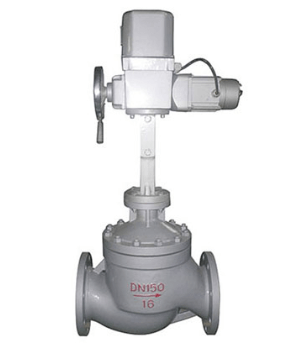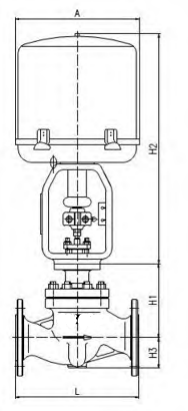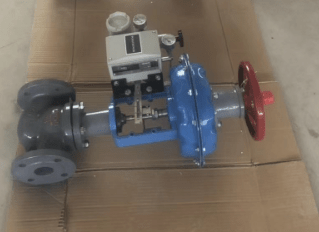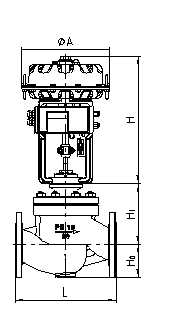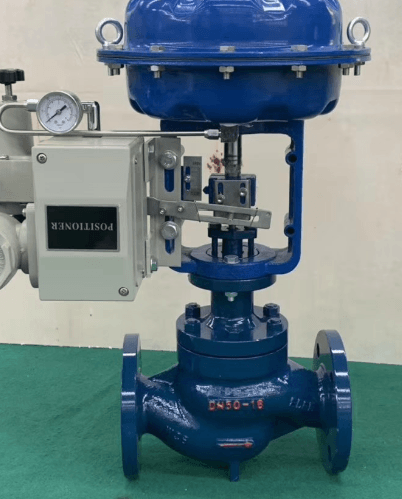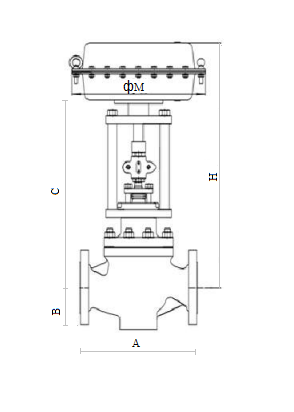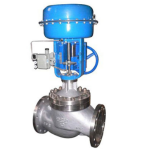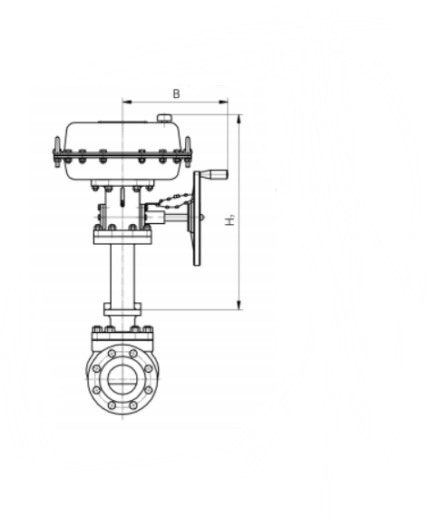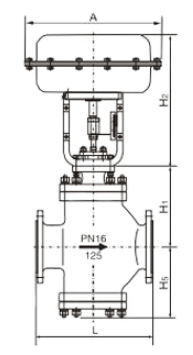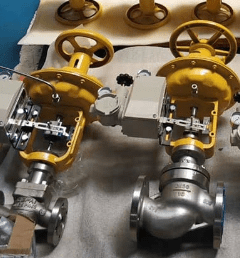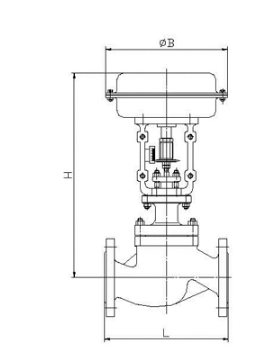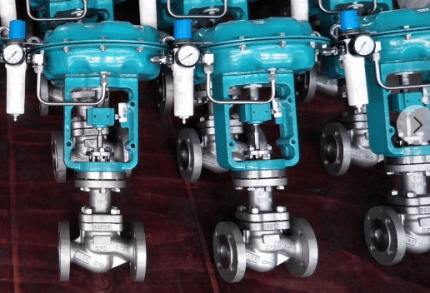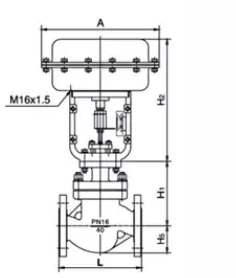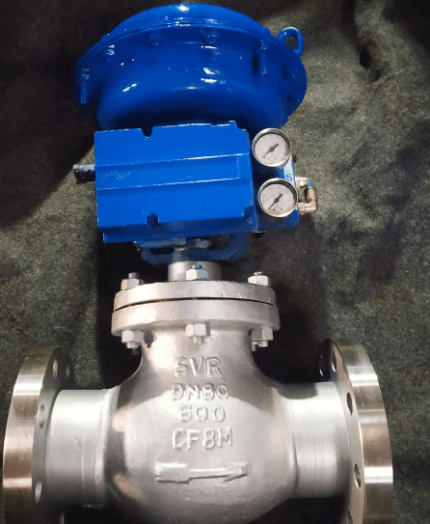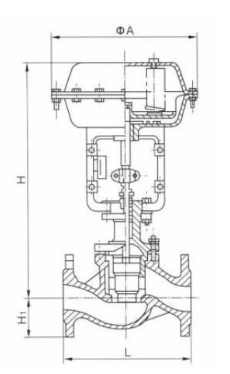- Control Valve
- Pneumatic Control Valve
- Pneumatic Angle Control Valve
- 3 Way pneumatic Diaphragm Control Valve
- 3 Way Converging and Diverging Control Valve
- Fluorine Lined Single Seat Control Valve
- Pneumatic Cage Control Valve
- Pneumatic Double Seat Control Valve
- Pneumatic Single Seat Globe Control Valve
- Pneumatic Flow Control Valve
- Pneumatic Sleeve Type Control Valve
- Pneumatic Actuated Globe Type Control Valve
- Electric Actuated Control Valve
- Pneumatic Control Valve
- Cryogenic Valve
- Pressure Reducing Valve
- Safety Valve
- Check Valve
- Gate Valve
- Butterfly Valve
- Globe Valve
- Ball Valve
- Electric Actuated Valve
- Electric Actuated Ball Valve
- Electric Actuated Butterfly Valve
- Electric Actuated Gate Valve
- Electric Actuated Globe Valve
- Pneumatic Actuated Valve
- Plunger Valve
- Strainers
- Steam Trap
- Knife Gate Valve
- Speciality Valve
- Alloy 20 Valve
- Duplex Valve
- Super Duplex Valve
- Hastelloy C276/B3 Valve
- Aluminium Bronze Valve
- Titanium Valve
- Bronze Valve
- Monel Valve
- Triple Duty Valve
- Suction Diffuser
- Diaphragm Valve
- Plug Valve
- Foot Valve
- Air Release Valve
- Surge Anticipator Valve
- Needle Valve
- Balancing Valve
Control Valve Suppliers in UAE: Ensuring Efficient Flow Management
Middleeast valve is one of the best Control Valve Suppliers in UAE. Our control valves, through the regulation of fluid flow, guarantee smooth pipeline operation across numerous industries.
What is a Control Valve?
Control valves are vital components in fluid control systems. They regulate the flow of fluids—such as gas, steam, or liquid—through pipes by adjusting the valve position according to a signal received from a controller.
Control Valve: How Do They Work?
Control valves operate by adjusting the valve opening based on controller inputs. Through the movement of the valve stem, the actuator adjusts fluid flow according to process requirements. Stability of the system and precise flow control are ensured through this automation.
Key Parts of Control Valve:
1)Valve Body: The valve body houses the internal components and is pressure-tolerant.
2)Actuator: Controls valve movement to regulate flow with high accuracy.
3)Positioner: Ensures accurate placement of the valve.
4)Trim (stem, seat, and plug): Controls the flow of fluids.
Types:
1)Three way control valve
2)Cage type control valve
3)Double seat control valve
4)Type shutoff control valve
5)Single Seat control valve
6)Water Control valve
7)Globe Control valve
8)Angle type control valve
Industries Served:
1)Oil and Gas Industry
2)Pipeline Industry
3)Marine Industry
4)Power Industry
5)Nuclear Industry
6)Mining Industry
7)Chemical Industry
8)Petrochemical Industry
9)Steam Services Industry
Description:
Available Materials: Ductile Iron, Cast iron (WCB, WCC, WC6) LCC, LCB, Stainless Steel (SS316, SS304), Super Duplex (F51, F53, F55)
Class: 150 to 2500
Nominal Pressure: PN10 to PN450
Medium: Air, Water, Chemical, Steam, Oil
Operations: Electric actuated and Pneumatic actuated
Size: 1/2”- 24”
Ends: Flanged, butt weld, socket weld, threaded
Electric Actuator details:
1)Torque – 3 – 9 nm
2)Operating pressure- 8 Bar
3)Port Connection-NPT1.4”
4)Mounting Base-ISO5211
5)Temperature–20°C – +80°C
Configuration of a Pneumatic Actuator:
1)4-20 amp
2)Pneumatic single acting actuators
3)Pneumatic double acting actuators
4)Pneumatic rotary actuators
5)Pneumatic Scotch and Yoke actuators
6)Pressure: 228 bar
Temperature:
1)Standard -4°F to 200°F (-20°C to 93°C)
2)Low -40°F to 176°F (-40°C to 80°C)
3)High 0°F to 300°F (-18°C to 149°C)
